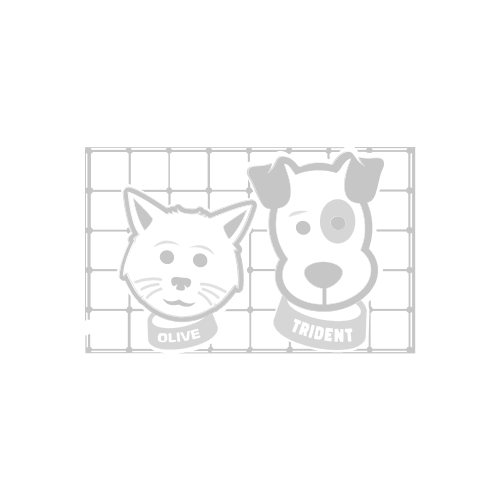New Pet Shelter Strategy
ORLANDO — For shelter dogs, life is one long cheerleader tryout. If you’re young, cute and perky, everybody wants you. Older and plus-sized? Not so much.
So some shelters are changing the way they showcase their canine residents, hoping to get prospective adopters to look beyond fur-deep — even beyond breed labels — to see a dog’s true character and potential.
“It has become a national conversation,” says Stephen Bardy, executive director of the Pet Alliance of Greater Orlando, the former SPCA of Central Florida. “We have to get people to think about what they really want in a dog, what really fits with their lives — instead of having them just walk in and say, ‘I want a golden retriever puppy.’”
Recently, the agency decided to stop labeling its rescue dogs by their breed type — which was largely guesswork anyway — and employ a Harry Potter-themed sorting system. As fans of the wildly popular fantasy series know, Potter and his classmates at the Hogwarts School of Witchcraft and Wizardry are assigned to the boarding school’s various houses according to their abilities, personality and preferences.
The Pet Alliance calls it the “Pawgwarts” kennel, where dogs are labeled by the toys they pick and how they behave in play groups. The staff hung Potter-inspired banners for prospective pet owners and posted each group’s traits.
“Hufflepuff are dogs who’ve never met a stranger, their tales are always wagging and they’re always excited to see you,” says Diane Anderson, an animal behaviorist who did most of the sorting. “They love to play with socks and fluffy toys.”
Gryffindor is for the athletic dogs that chase tennis balls and fetch sticks. Ravenclaw dogs learn tricks quickly and like puzzle-type toys. Slytherin — or Slobberin’, as the Pet Alliance calls it — is for the ambitious, fearless types, like the Chihuahua that thinks it’s a Doberman.
“If you’re a Harry Potter fan, you instantly get it,” Bardy says. “We hear people say, ‘Oh, he’s a Hufflepuff! I’m a Hufflepuff!’ On the surface, it sounds frivolous, but at the end of the day it has a serious, thoughtful purpose behind it. We can now start talking about these dogs in a very different way.”
In the first couple of weeks, the feedback has been enthusiastic, Anderson says, though it’s too early to say whether it will impact adoption rates and trends. And Bardy sees it as one more step in the evolution of the shelter, which tends to have an abundance of muscular, square-headed dogs that used to be blanketly labeled pit bull mixes.
“If people think it’s a pit bull, that always comes with a stigma,” says Diane Summers, program manager at Orange County Animal Services. “But you can’t tell the breed by looking” — nor can you tell a dog’s personality by its breed, she adds.
Three years ago, the county shelter dropped breed descriptions from its adoption website and kennel cards, becoming one of the first in the nation to do so. If potential adopters ask, staffers answer, “I don’t know. What breed do you think it is?”
“We talked about it for months beforehand,” Summers said. “We thought it was going to be this huge change and maybe people would come through demanding to know. And it really turned out to be no big deal.”
Labeling leads to breed discrimination in adoption and rental housing, adoption advocates say, and it’s often wrong.
According to the National Canine Research Council, studies show even experts struggle to properly identify dog breeds based solely on appearance, and “researchers have known for decades that even first-generation crossbreeds usually look dramatically different than either parent.”
Assuming you know how a dog will behave based on its breed is even more of a crapshoot.
“When I was a kid, the dangerous breeds were supposedly the Dobermans, the Chows, the shepherds,” says Kim Staton, director of Osceola County Animal Services. “Now, it’s what I like to call the ‘big-headed dogs’ — pit mixes, boxers, Rottweilers. ... In reality, you’re seeing about one quarter of 1 percent of their DNA in their appearance.”
Osceola still labels its shelter dogs based on suspected breed, but like most shelters it also photographs its homeless hounds in fluffy bows and funky neckties, hoping to suggest personality.
Still, advocates admit that human behavior will be tougher to change than canine behavior.
“I had a couple, both in their 70s, come in wanting a 1-year-old Siberian Husky,” says Judy Sarullo, founder of Sanford-based Pet Rescue by Judy. “And the dog had no manners. I tell them I have nice dogs, including another Husky, that are older and calmer and don’t need a daily run and won’t knock you down. I try to say that nicely. And then they call me a (expletive) and accuse me of age discrimination.”
Story re-posted from the Orlando Sentinel. Written by Kate Santich.

